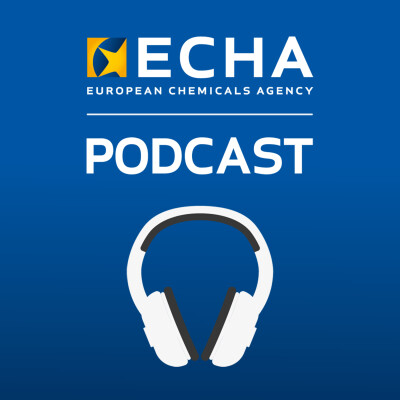Description
This episode gives you the highlights from the first 2022 meetings of the Committees for Risk Assessment (RAC) and Socio-Economic Analysis (SEAC). We interviewed the Chairs of the two committees, Tim Bowmer (RAC) and Maria Ottati (SEAC).
Both Committees are made up of scientists nominated by EU Member States but appointed by the management Board of ECHA in their personal capacity and both have observers from different EU organisations representing civil society, academia and industry. They are responsible for making scientific opinions that are then used by the European Commission and EU member states when deciding how chemical risks need to be controlled.
You will hear about opinions on harmonised classification and labelling proposals, restrictions and applications for authorisation. We also talk about the use of human bio-monitoring to protect workers from exposure to harmful chemicals and much more.
Give us feedback
More
**************
Follow us on:
Visit our website
Disclaimer: Views expressed by interviewees do not necessarily represent the official position of the European Chemicals Agency. All content is up to date at the time of publication.
Hosted on Ausha. See ausha.co/privacy-policy for more information.
